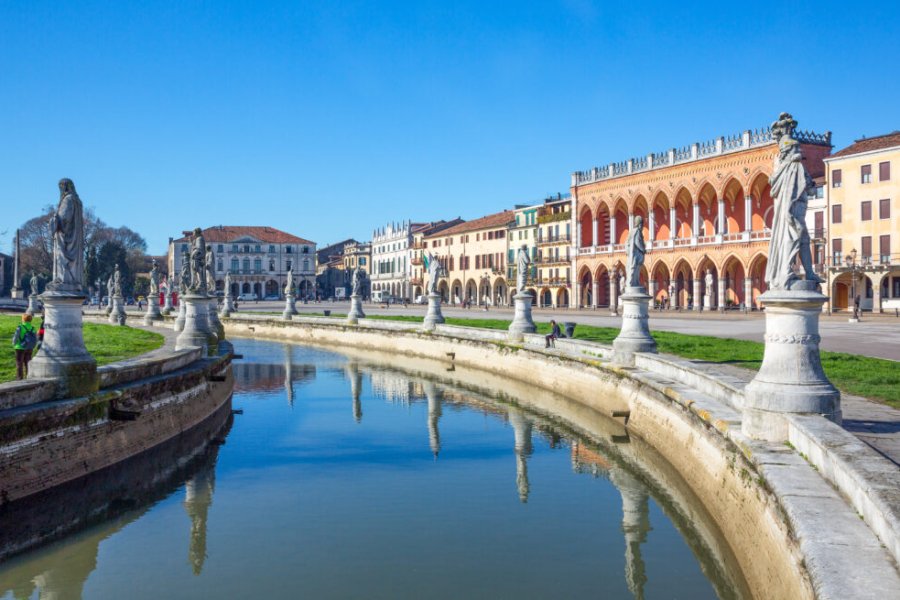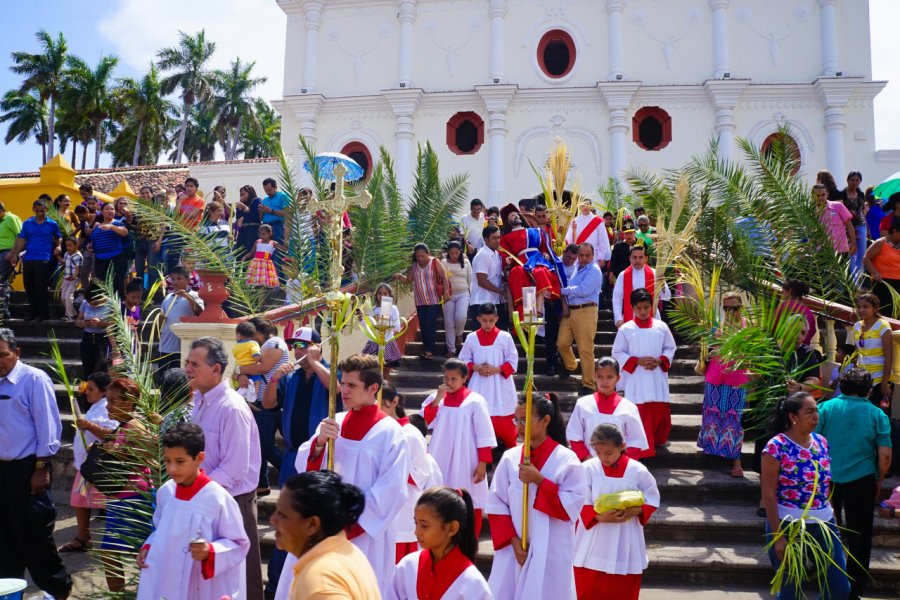Travel Guide Granada
Find an accommodation
Advertising
Long awaited by the pirates, the «Grande Sultana» is now becoming one of the flagship destinations of tourism in Nicaragua and Central America; holidaymakers have replaced buccaneer and new infrastructures open their doors every month. Indeed, Granada is the best point of collapse in the region.The colonial charm of Granada is very powerful: beautiful neoclassical mansions, roof roofs, cosmopolitan atmosphere, the cut of the Mombacho volcano and Lake Nicaragua make the Stay wonderful. It is considered by many Nicaraguans as the most beautiful city in the country.HistoryGranada was founded by Francisco Hernández de Córdoba in 1524 between Xalteva and Lake Nicaragua in the province of Nequecheri on the territory of the Diarianes (Chorotega), a people coming from Mexico and poured into astronomy and botany. The history of the city could not have been more eventful. Located at a strategic location on the road to «l dudoso» (crossing between the North Sea and the South Sea, i. e. the Atlantic and Pacific), it developed rapidly. His rival from the north, León, was destroyed by an earthquake at the beginning of the th century and therefore Granada declared himself as the only regional capital. It already had a port (geographical segregation since the city is located in the land) of first importance in Central America.His wealth did not fail to attract privateers privateers, Spanish, French, English, Dutch… All believed good to use it as a pantry. Granada was looted three times. In June 1665, the Jamaican pirate Jean David brought the city to a bag without encountering resistance. When Gallardillo attacked again in 1670, the Spaniards decided to raise a fortress to defend the glorious city. This did not prevent French William Dampier from crossing the fortifications and attack the town on April 8, 1685.It must be said that the fame of Granada excited the imagination. In 1633, the English Dominican Thomas Gage described it as a "paradise of Mohammed", the light manners, the riches produced or the atmosphere of the great market apparently did not seduce him. However, he was also ecstatic about so many opulence, the result of intensive trade with Colombia, Guatemala and Peru. Also, Henry Morgan, the famous English pirate who (according to the Mexican indigenous people in Chile), would have left hundreds of hidden treasures hidden in some unknown place, said in June 1665 that the city was "splendid, as tall as Portsmouth."At the beginning of the th century, despite hassles human or natural accidents (successive earthquakes raised a time in the San Juan River, interrupting the river between Cocibolca Lake and the Caribbean Sea and damaging the local economy), the city continued to prosper, actively trading with the Caribbean. However, armed movements went to invite Granada to the grand ball of contemporary géostratégies: fighting against the Spanish in 1812, against the Mexican Government in 1823 and against the own Nicaraguan people (civil war) from 1824 to 1828. Granada was thus declared the country's capital until 1852.In 1854, there was a fratricidal struggle between Granada and León, whose troops patrolled Granada for nine months until Fruto Chamorro libérât the colonial seaport. Soon a new national civil war was waved the region until 1857.North American troops were seized by nationalists, gathered under the «liberal» banner; They called them "buccaneers," because they landed like the pirates of yesteryear. One of them, Henningsen, Incendia Granada on November 22, 1856. As for William Walker, he completely destroyed the city and wrote these words to posterity (sad glory): Here was Granada (Here was Granada).As a Conservative city (unlike Leon, who enjoys a more libertarian reputation), Granada had meanwhile used the thirty years of conservative government to modernize as it develops: public lighting in 1872, telegraph in 1875, telephone in 1879, drinking water in 1880, railway in 1886… Opulent and richly trimmed, the city was nicknamed "La Grande Sultana" (according to the words of the Spanish writer Baroesa de Wilson in 1882).The th century was fatal to the political, commercial and industrial hegemony of Granada. However, its colonial beauty is still concern the hikers, who discover the stroll of beautiful, refreshing façades or small, refreshing patios. In 1995, the city was declared a historic and cultural heritage of Nicaragua. In 2004, she was 480 years old, which is not nothing in Central America… It is the oldest city on the continent to still exist on its original site.
What to visit Granada?
Advertising
Suggested addresses Granada
Weather at the moment
Advertising
Organize your trip with our partners Granada
Transportation
Book your plane tickets
Car Rental
Boat rental
Accommodation & stays
Find a hotel
Holiday rental
Find your campsite
Tailor-made trip
Immersion travel
Services / On site
Activities & visits
Find a doctor
Granada travel inspiration
Find unique Stay Offers with our Partners
Pictures and images Granada
Other destinations nearby Granada
25 km away














